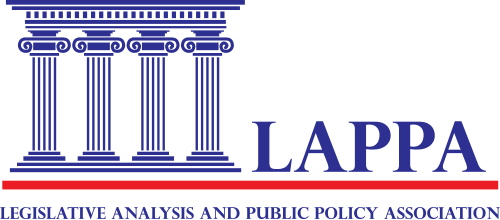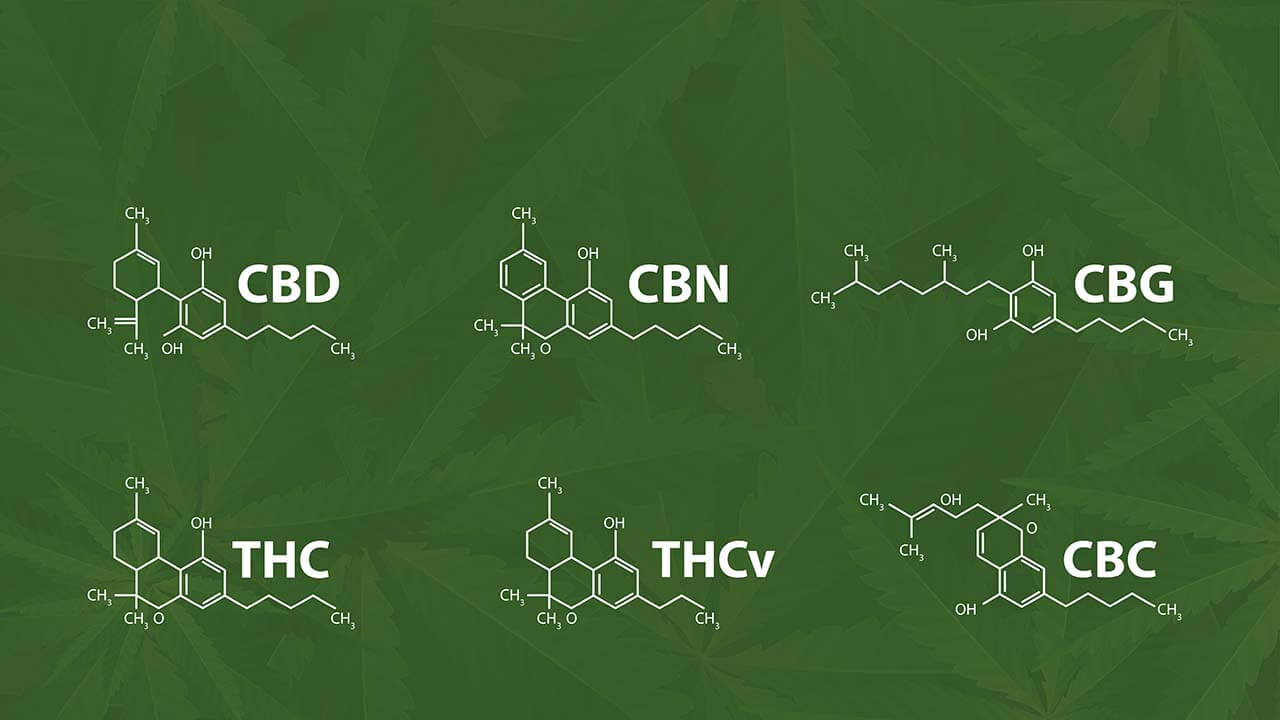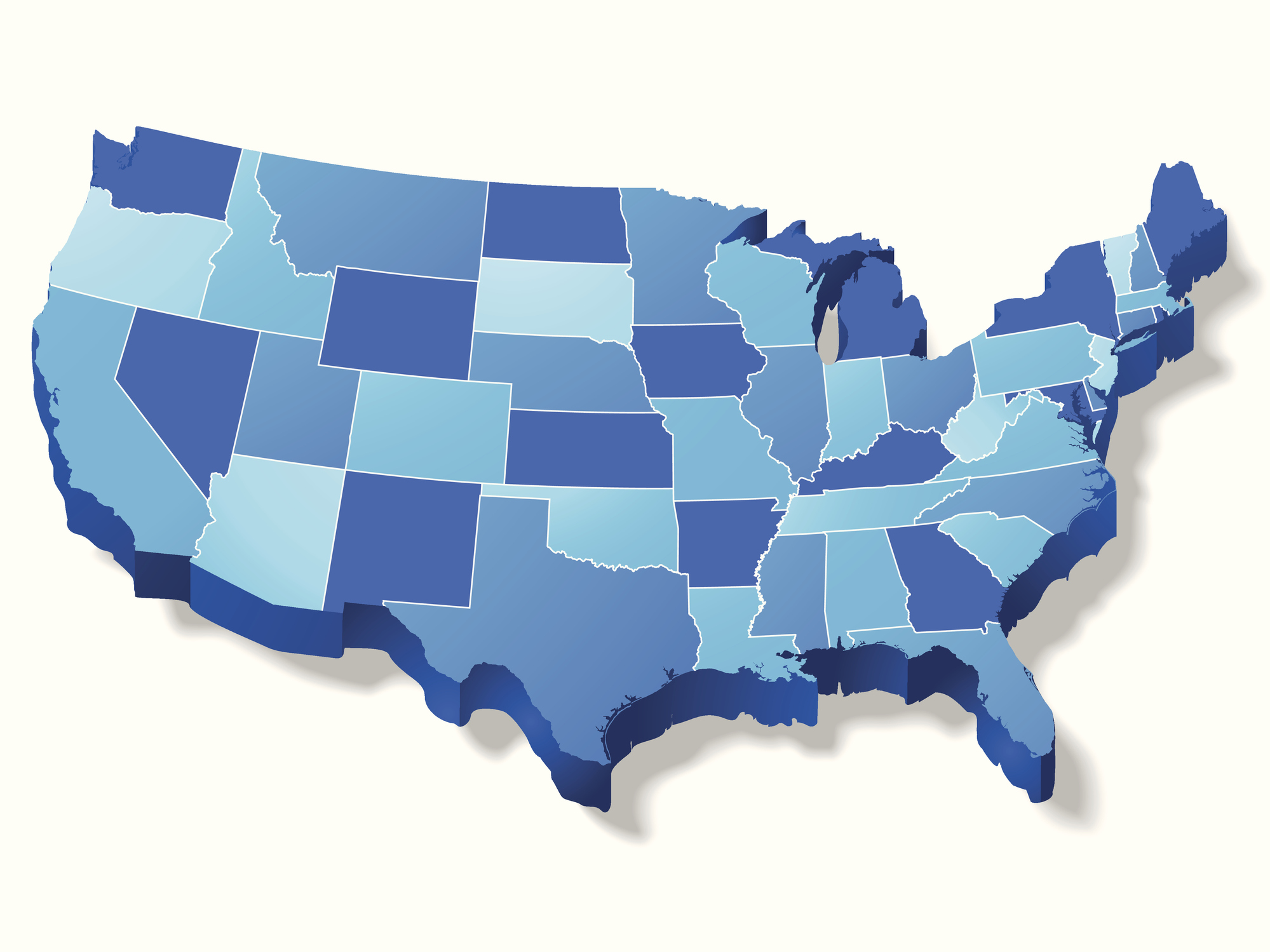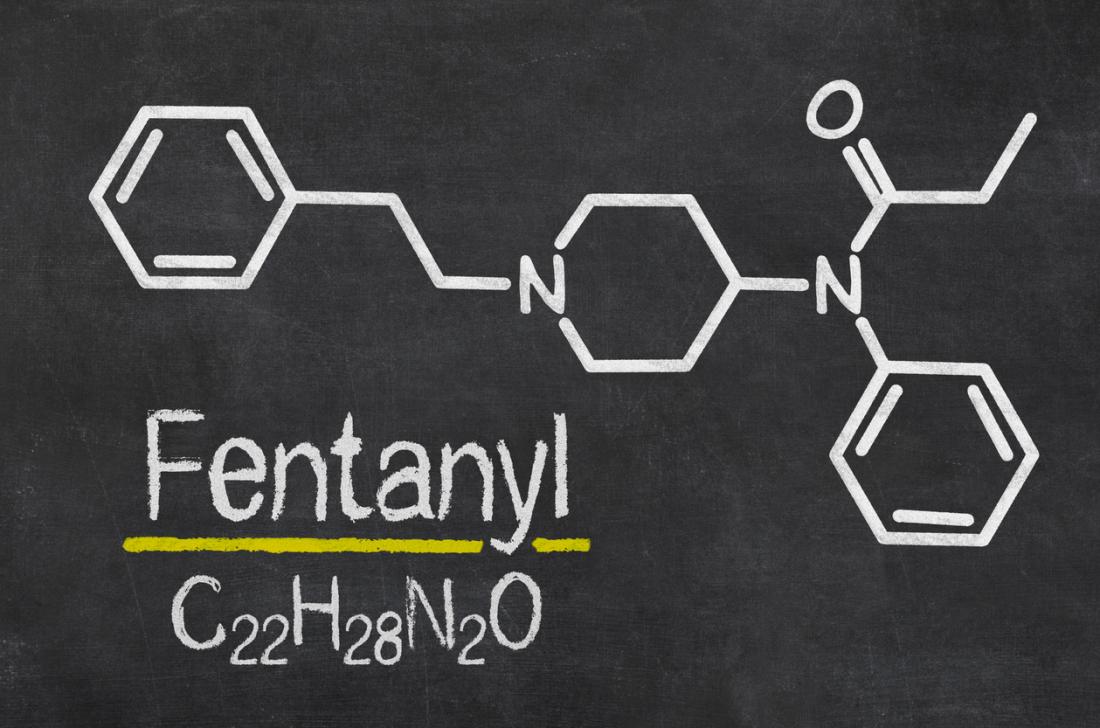Pill Presses: Summary of State Laws
In this survey, the Legislative Analysis and Public Policy Association (LAPPA) examines the policy response at the state level to the spread of pill presses used to create counterfeit drugs. There is relatively little policy in this area compared to federal law, and most innovation is relatively recent. Findings are presented jurisdiction by jurisdiction for easy comparison among states and between current state- and federal law....













